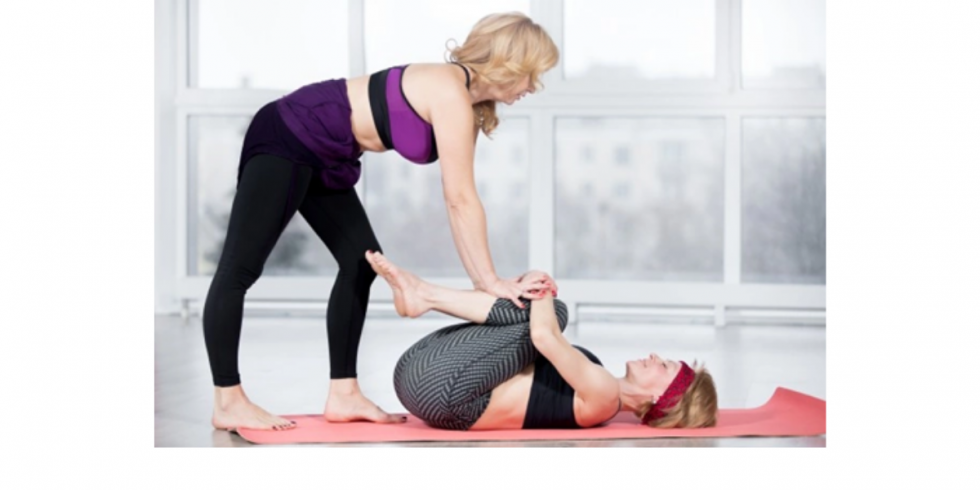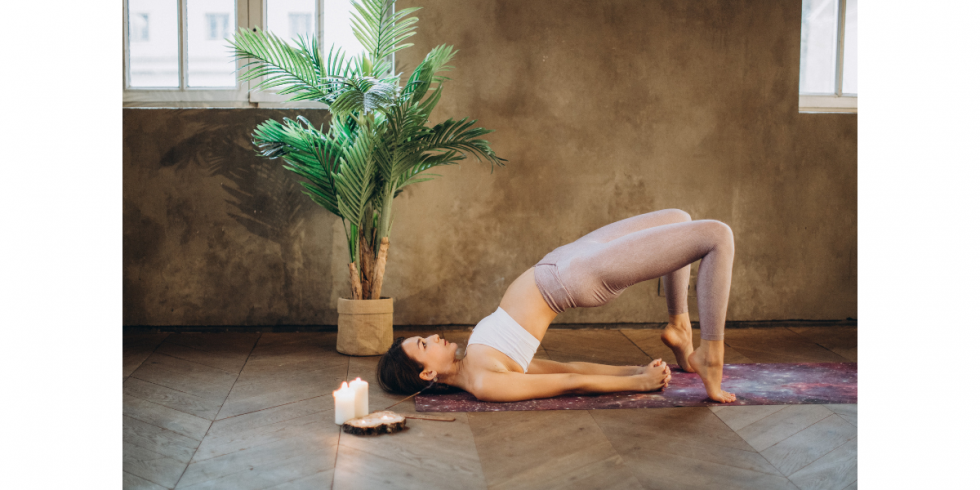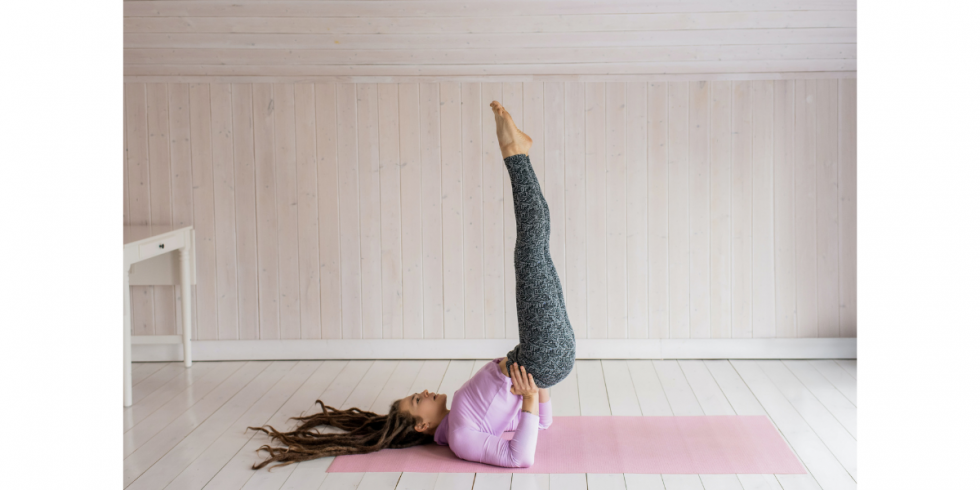What is Sciatica? Have you heard of it before? No, then you definitely should at least gain a little bit of knowledge on what is it and how it may affect you. It is a back pain that may get worse with time and should be taken care of at the earliest.
The most important and the longest nerve in our body is known as the sciatic nerve. It begins from the spinal cord, goes down your hips and buttocks, and separates at each leg. The ability to feel and control your legs is directly affected by the nerve. You will experience Sciatica And Lower Back Pain if this nerve is irritated.
This happens because the sciatic nerve is irritated by other conditions such as lumbar spinal or spinal arthritis. In the area of your back, leg, or buttocks you may feel numbness or weakness and a sensation that can manifest as moderate to severe pain. Let us go into the details, to know more about Sciatica.

Table of Contents
What are the causes of Sciatica?
Several conditions involve your spine and can affect the nerves running along your back that cause Sciatica And Lower Back Pain. An injury can also lead to sciatica.
Given below are a few common conditions that can cause sciatica:
1. Herniated disks
When you move around, to ensure flexibility, cartilage is filled with a thick and clear material. With the pieces of Cartilage, the vertebrae or spinal cords are separated. When the first layer or cartilage rips, herniated disks occur.
2. Spinal stenosis
The other name for Spinal stenosis is lumbar spinal stenosis. If the lower spinal canal is narrowed abnormally, it is identified as spinal stenosis. The sciatic nerve roots and spinal cord is pressured because of the abnormal narrowing.
3. Spondylolisthesis
Degenerative disk order is associated with Spondylolisthesis. This occurs when the spinal bone extends forward over another, the extra bone can affect the nerve which is meant to make the sciatic nerve.
4. Piriformis syndrome
It causes sciatica when the piriformis muscle involuntarily contracts or tightens, and this rare neuromuscular disorder is known as the Piriformis syndrome. This muscle is connected to the lower portion of your spine to your thighbones.
It leads to Sciatica And Lower Back Pain when the sciatic nerve is pressured as the muscle tighten. If you have experienced a car crash, fallen, or sit for long periods the Piriformis syndrome may worsen.
These were a few of the causes that may lead to Sciatica And Lower Back Pain.
What are the symptoms of Sciatica?
The main symptom of Sciatica is moderate to severe pain spread from the lower back to your buttock and to each leg.
The feeling of weakness or numbness in your lower back, buttock, and/or leg is also a symptom of Sciatica.
What are the risk factors for Sciatica?
Age – The most common causes of sciatica are bone spurs or herniated disks. Age is related to changes in the spine.
Obesity – Sciatica And Lower Back Pain is triggered since the excess body weight increases the stress on your spine and may contribute to spinal changes.
Occupation- Sciatica is closely associated with office workers; do you know why? It’s because of sitting with a poor posture for a longer period. People who have jobs to carry heavy loads may be affected as well.
Prolonged sitting- People with a sedentary lifestyle are more affected when compared to active people.
Diabetes – It may increase the risk of nerve damage.
How to treat Sciatica pain?
Yoga is the best way to treat Sciatica And Lower Back Pain. Why do you ask? If you have a herniated or bulging disk in the source of your sciatica, the practice of yoga can go from basic foundational asanas to gentle poses like downward-facing dog or standing poses that will help you to strengthen, align and lengthen your lower back. Yoga can not only help to reduce the problems caused by herniation but also can reduce herniation itself. So, it’s always not necessary to go for surgery in cases of Sciatica And Lower Back Pain. But in some situations, it may be required, so it’s better to consult a doctor about the severity of the herniation.
When you start with yoga the approach should be gentle and progressive, if the source of your sciatica is pressure on the nerve due to short, tight piriformis. The sciatic pain will lead to more problems if you try to overwork.
Let’s see how it is possible to heal, prevent and soothe Sciatica And Lower Back Pain with the help of a few therapeutic applications of Yoga-
Best back pain yoga exercises for Sciatica treatment
1. Child pose (Balasana)

Child pose helps to promote flexibility and openness in your thighs, hips, and lower back. It also helps to lengthen and stretches your spine as well. This pose helps to relax your body in the best way possible.
2. Downward facing dog

This pose helps to relieve pain and tightness and align your body. It also helps to correct imbalances while promoting strength in your entire body.
3. Half-moon pose

It helps to stretch your thighs, spine, and glutes. It helps to relieve tension and increases flexibility. It also helps to balance, strengthen and stabilize your body.
4. Cobra pose (Bhujangasana)

This pose is soothing, it helps to promote flexibility and circulation. It also stretches and strengthens your spine.
5. Locust pose (Salabhasana)

This pose helps to promote flexibility and circulation in you’re hips. It balances your lower back and core. It helps to build up thighs, spine, and glute as well.
6. Knees-to-chest pose

If you feel tightness in the areas of your glutes, hip, and lower back then this pose is the best way to soften it.
7. Reclined pigeon pose

When this pose is done on your back, it put less pressure on your hips and supports your lower back as well. It helps to stretch your piriformis muscle, glutes, and hips.
8. Bridge pose

This pose works on your core, legs, and glute. It helps to boost circulation. It helps to relieve pain and tension and stretches the spine as well.
9. Half lord of the fish pose

This pose helps to reduce pain and tension and stretches and strengthens the spine.
10. Legs-up-the-wall pose

This pose is also called the ultimate restorative pose since it helps the body to rest, relax and recover.
Do not try to push yourself into any kind of uncomfortable pose. When you practice a particular pose try to honor what you’re feeling and listen to your body. There are a few yoga poses that may be considered dangerous in cases of sciatica since they make the symptoms worse, therefore make sure you avoid those.
Choose a particular day to experiment with poses to see what works best for you. It’s better to avoid poses that cause pain.
Yoga poses such as standing and seated forward bend should be avoided apart from the downward-facing dog, it is because these poses may cause additional pressure on the lower back and pelvis. The poses that include lying down, can be practiced since they help support your lower back and hips.
You may find doing certain poses on only one side of your body since sciatica usually affects only one leg, it’s completely normal. In any pose feel free to bend your knees. In case you have any kind of discomfort, place a cushion under your knees.
If you want a day-wise exercise routine that you can follow at home easily without any equipment and a diet plan specially designed to treat back pain and alongside help you stay physically active then download Back Pain Relief Yoga at Home, and say bye-bye to your back pain fast.

